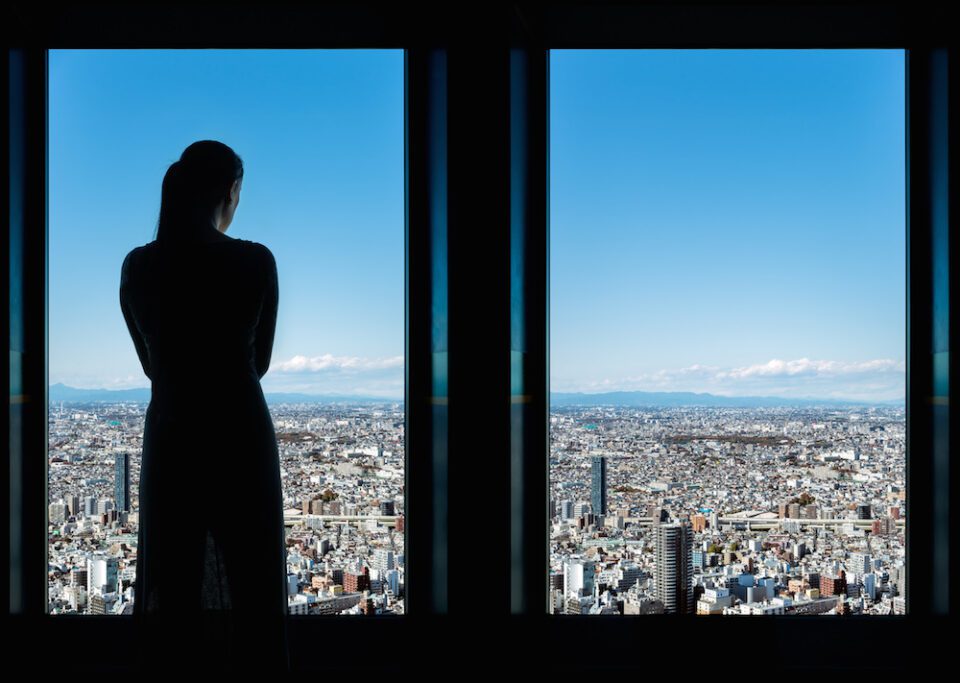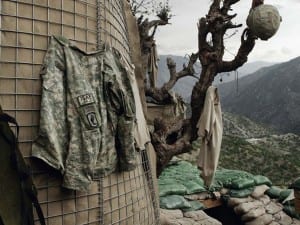The Aesthetica Art Prize 2015 features work that challenges perceptions, tackles difficult themes and presents the state of the world through a different lens. In spite of the vast range of work and the distance between artists from India to Canada and from South Africa to Hong Kong, what remains evident is that individuals across continents have a shared experience and express similar concerns in their output. That is to say, we are all anxious about the environment, the loss of individualism, the ubiquity of social media and the internet, our fear of the unknown, globalisation and cultural hegemony. From over 3,500 entries, eight pioneering finalists were selected for the Aesthetica Art Prize exhibition and another 92 outstanding practitioners were chosen for the art prize anthology, Future Now.
The show ran at York St Mary’s until 31 May, in partnership with York Museums Trust, Hiscox, York St John University, The Hepworth Wakefield, Flowers, HOME, Winsor & Newton and Prestel.


John Keane
These paintings draw on images from the great Stalinist terror of the 1930s. They are sourced from mug shots of arrested victims (some well known, some anonymous) at a time when no-one, from the top of the Bolshevik hierarchy to the humblest worker, was safe from accusation of sabotage, betrayal or political deviation. John Keane teases out the essence of that most fundamental driver of human emotion usually to be found at the root of all violence – fear. In this time of extremes, those who fell foul of authority could expect a bullet in the back of the head, but whilst this series refers to an extraordinarily terrifying moment in history, the allusions are to a universal human emotion, which determines behaviour in all walks of life.
Saliha Elhoussaini
Inspired by the complex relationship between the order and disorder found in Chaos Theory, these drawings reflect the interconnected universe of natural and man-made systems. Interdependence investigates the notion that simplicity gives rise to complexity through the act of drawing. Saliha Elhoussaini uses thread and tracing paper to create a symbiotic relationship between the front and reverse of each piece. Tonal contrasts between the flat strands on the rear and raised thread to the fore create an illusory depth. The cotton fibre’s solidity on the back visually dissolves into a mist of tonal gradation and recedes almost completely, whilst the thread on the front to becomes even more salient and results in a fragmented linear composition.

Marcus Lyon
Marcus Lyon’s early work took him to the slums of the developing world to explore issues concerning child labour. Since then, he has been inspired by the resilience of humanity at the edge of existence. The ability, against all the odds, to negotiate the chaos of changing environments left a deep mark on his mind. For the past 25 years Lyon has searched for meaning about our universal behaviours. These mass ideas, movements of people, production processes, and the titans of political or consumer power are
so huge that no single image can define their influence. Exodus depicts landscapes without horizons, built from a myriad of perspectives, each one familiar to the inhabitants of these environments and yet intriguingly new.

Vera Drebusch
Something as simple as a jar of jam can become entangled in questions of political and environmental conflict. The point where global events impact upon ordinary life is crucial to Vera Drebusch’s practice. Though the artist makes use of photography, video, audio and performance, in this piece the emphasis is on food – using it as a vehicle for exploring political themes. Preservation consists of jam made from fruits that grew in Bonn, Germany, but on the grounds of the embassies of Iraq, Iran and Saudi Arabia, which legally remain the territory of those countries. By contrasting the fact that the fruits grew on the soil of one location with the arbitrary division of territory, the work refers back to the contested ground of the Middle East.

Matt Parker
Matt Parker creates audiovisual experiences that reveal and amplify hidden connections between everyday technology and our environment. The Cloud is More Than Air and Water surveys the physical locations of “The Cloud”, capturing the acoustic footprint of the internet. It highlights the fact that while our smartphones sit silently as we sleep, somewhere in the world a physical hive of noise, cables and chaos maintains our “digital selves”. Inspired by soundscape artist R. Murray Schafer’s understanding of acoustic ecology as “the study of sounds in relationship to life and society”, Parker’s research examines the audio of our data-driven society by exploring ways in which sound and space influence our individual and collective experiences.

Julian Day
Julian Day’s site-specific piece Requiem is visible, yet has a significant invisible component. The work is a self-contained sculpture eloquently suspended between walls: two identical synthesisers pinned apart by metal rods which create a drone field you hear and feel all around you. The sound continually expands throughout the space, transforming the building into a giant audio installation. This geometric intervention floods the air with energy, creating a “room within a room” of heightened sonic atmosphere in which sound defines itself against the rigidity of architecture and the fluidity of the crowd. By occupying the site with this subtle yet persistent energy, Requiem activates the so-called “negative space” of the room.

Suzanne Mooney
For 10 years, Suzanne Mooney has experimented with the theme of landscape, from the scenery of Ireland, to less familiar terrains. Come Away, O’… is part of a larger body of work, Outside In, which explores city-view observatories in Tokyo and considers the importance of the act of viewing the city from above. While working on panoramic images in Tokyo, the artist questioned the merit of reproducing the original view and realised that her true interest lay in the function of the city-view observatory itself. When looking at the city from any great height, geometric buildings begin to take on natural forms. The curving contours of the distant skyline are reminiscent of hills and planes and gradually flatten out at the fringes of the city.

Owen Waterhouse
Owen Waterhouse trained as a silversmith, so the act of making is important. He uses technology as a stage in the act of creation and the development of sculptural forms within a virtual environment. Originally working at a small- scale, primarily in metal, his practice has diversified to include large-scale public art and sculptural projects in a variety of materials. Often working on client-initiated commissions, Waterhouse develops work influenced by a combination of location, concept and consultation. Exploration of pattern, material and process drive the manufacturing of his sculptures, forming a common bond between the artworks. His investigations have as equal an influence on the outcome of the work as does the original seed of a concept.











